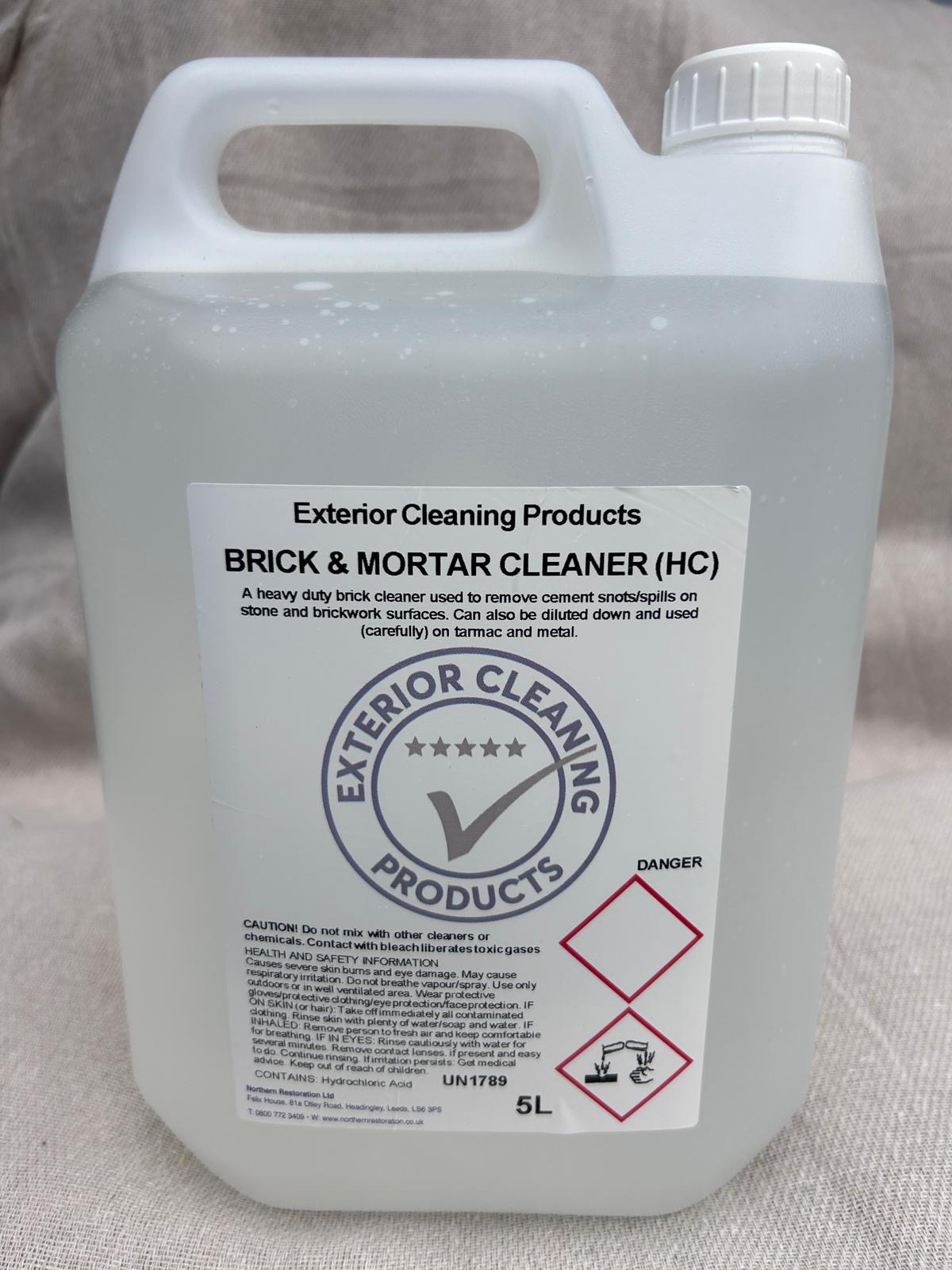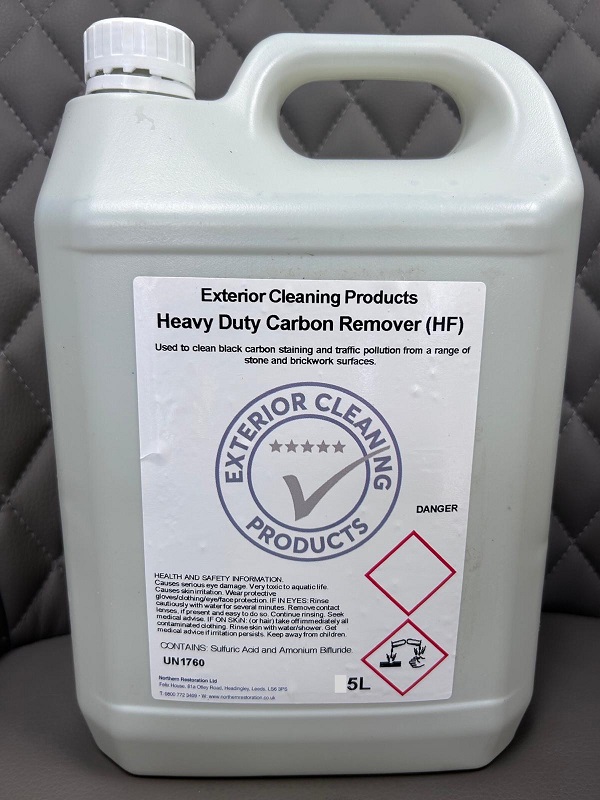Your walls tell a story. Over time, they might collect dirt, grime, and stains that overshadow their beauty. Whether it’s the buildup of moss on brick exteriors or stubborn mortar residue from past renovations, these common wall problems can detract from your home’s charm. Fortunately, there’s a solution right at your fingertips: mortar & brick cleaner.
This powerful cleaning agent not only restores the appearance of your walls but also protects them from further damage. With some basic knowledge and the proper techniques, you can transform those dull surfaces back to their original glory. Ready to roll up your sleeves? Let’s dive into how you can breathe new life into your walls using effective cleaning methods and products provided by Exterior Cleaning Products Ltd.
Understanding Mortar and Brick Cleaner
Mortar and brick cleaner is a specialised solution designed to tackle tough stains on masonry surfaces. Over time, walls can accumulate dirt, grime, and even efflorescence that detracts from their appearance.
These cleaners contain specific ingredients tailored for breaking down deposits without damaging the bricks or mortar joints. They often include acids or surfactants that penetrate deeply into porous materials.
When selecting a product, it’s crucial to consider the type of stains you’re dealing with. Some cleaners are formulated for organic stains like algae or moss, while others target mineral-based issues.
Always read manufacturer instructions carefully before use. This ensures practical application and protects your materials from potential harm. Understanding how these products work will empower you to make informed choices about wall maintenance.
Step-by-Step Guide to Cleaning Your Walls
Start by gathering your supplies. You’ll need a good quality mortar & brick cleaner, a bucket, a stiff brush, and protective gear. Safety first! Don some gloves and goggles to shield yourself from the cleaning solution.
Next, prepare the area around your walls. Move any furniture or decorations that could get splashed with cleaner. Lay down a tarp or old towels on the floor for extra protection.
Dilute your chosen cleaner according to the instructions on the label. This step is crucial for effectiveness without damaging surfaces.
Apply the solution generously using a sponge or brush. Work in sections, focusing on one area at a time to ensure thorough coverage.
Let it sit for several minutes—this allows dirt and grime to loosen up effectively. Afterwards, scrub those stubborn spots gently but firmly using your stiff brush.
Rinse thoroughly with clean water to remove all residues of cleaner before moving on to another section.
Tips for Choosing the Right Cleaner
When selecting a mortar & brick cleaner, consider the surface type. Different materials require specific formulations to avoid damage.
Look for eco-friendly options if you’re concerned about the environment. Many products today are biodegradable and safe for surrounding plants and wildlife.
Check product reviews or seek recommendations from professionals in exterior cleaning. Real user experiences can guide you toward effective choices.
Always read labels carefully. Some cleaners may contain harsh chemicals that could harm your walls or nearby surfaces.
Test any new cleaner on a small, inconspicuous area first. This will help you assess its effectiveness without risking visible damage.
Keep an eye out for features like mould inhibitors or stain removers, as these can enhance overall results and prolong cleanliness.
Consider ease of application; some products come in spray bottles while others may require mixing—choose what suits your preferences best.
Maintaining Clean Walls
Maintaining clean walls is essential for preserving your home’s overall aesthetic. Regular upkeep can prevent dirt and grime from becoming entrenched.
Consider implementing a routine cleaning schedule. Wipe down surfaces with a damp cloth every few weeks to keep dust at bay. This simple step makes a noticeable difference over time.
For outdoor brick or mortar, seasonal inspections are key. Check for signs of mildew or algae growth that might require immediate attention. A timely wash using quality mortar & brick cleaner will help maintain the integrity of your materials.
When it comes to interior walls, avoid harsh chemicals that could damage paint finishes or textures. Opt for gentle solutions that won’t strip away protective layers while still getting the job done effectively.
Investing in high-quality cleaners from trusted brands like Exterior Cleaning Products Ltd ensures you’re using products designed specifically for wall maintenance, significantly prolonging their life and appearance.
Conclusion
Restoring your walls can seem daunting, but with the right approach and tools, it becomes a manageable task. Understanding common wall problems equips you to tackle issues effectively. Using a mortar & brick cleaner is an essential step in maintaining both aesthetics and functionality.
By following the outlined steps for cleaning, you ensure that your surfaces not only look good but are also protected from further damage over time. Choosing the right cleaner tailored for your specific needs will enhance results and prolong the life of your walls.
Maintaining clean walls doesn’t just stop after one thorough cleaning session. Regular upkeep using suitable products will keep those surfaces looking fresh longer while preventing dirt buildup.
With resources like Exterior Cleaning Products Ltd at your disposal, achieving beautifully restored walls is within reach. Please take action today, and give your home the care it deserves!

